What’s Inside An
Electric
Radiator?
Electric radiators have come a long way from the unsightly heat blasters they used to be.
In fact, most of our designer radiators are now available as electric options. So you don’t have to sacrifice excellent design for quality technology and performance. They offer all the above.
There are also some similarities in the way that electric radiators and central heating radiators work in terms of fluid heating up, expanding and transferring through the surface of the radiator to heat the cold air.
But what is inside electric radiators that allows them to work so well?
Please note:
Forget about electric fan heaters, storage heaters, infrared radiators, electric heat pumps and other types of electric heaters for now. This article will focus on what’s inside our electric designer radiators.
What Are Electric Radiators Filled With?
Unlike standard radiators, electric radiators are not filled with water.
Instead, electric radiators are filled with oil or a thermodynamic fluid called glycol.
All of our electric radiators at BestHeating come pre-filled with glycol.
But what is it and why do we use it?


What Is Glycol?
The glycol inside our electric radiators is a ready to use propylene glycol based non-toxic heat transfer fluid with anti-freeze and anti-corrosion inhibitor functions designed for heating systems and sealed radiators.
This means it has a low freezing point and has inhibitors which don’t cause the metal to rust.
Propylene glycol is commonly used in Heating, Ventilation and Air Conditioning (HVAC) but it is also used in food and pharmaceutical process cooling applications.
Why Are Electric Radiators Filled With Glycol?
There are lots of benefits of filling electric radiators with glycol.
Glycol is great at:
- Retaining heat.
This thermodynamic fluid is designed to cool down slowly. So even when the electric radiator has stopped using power from the mains, you’ll still experience ambient heat in the room.
- Preventing a build-up of rust and limescale.
Since glycol contains anti-corrosion inhibitor, it is designed to prevent the metal inside the radiator rusting and filling the system with sludge. This means that the system will function efficiently and reduce maintenance costs for corrosion damage.
- Transferring heat.
Although glycol is around 5-10% less efficient than water at transferring heat, as little as 1/16″ of scale reduces heat transfer by 40%. And since glycol prevents the build up of dirt and scale, this more than makes up for the slight loss of efficiency.
- Eliminating the kettle type noise from inside the radiator.
When water boils it can create kettle noises in central heating systems. Whereas this non-toxic glycol fluid insulates sound, meaning reduction of noise during use.
- No need to bleed or balance the radiators.
Glycol filled electric radiators require very little maintenance and don’t require bleeding or balancing like central heating radiators.
- Antifreeze protection.
The glycol solution contains antifreeze to protect the radiator if temperature falls below -7°C. So there is no danger of the system freezing up even during the harsh winter.
Is Glycol Safe?
There are two different types of glycol:
- Ethylene glycol
- Propylene glycol
Ethylene glycol used to be used in the HVAC industry. However, experts have moved away from this compound because of its toxicity.
However, propylene glycol is a safe, non toxic compound that is now commonly used by HVAC experts (including us!).
The Food and Drug Administration (FDA) has also classified propylene glycol as an additive that is “generally recognized as safe” for use in food.
When it comes to installing your electric radiator, in some cases you may notice a slight leakage of the glycol solution.
This sometimes happens to our electric radiators in transit and is nothing to worry about.
If that is the case you can easily top up the radiator with water, making sure to leave a small space for the heating element.
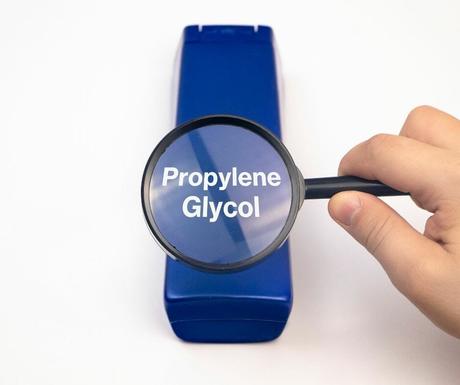
What Else Is Inside Electric Radiators?
So glycol does a great job of conducting heat. But how does it heat up in the first place?
That’s where the heating element comes in.
Each one of our electric radiators and heated towel rails is supplied with a heating element which is a type of a submersible electrical resistor that transforms electrical energy into heat energy.
These clever elements are what make electric radiators 100% efficient because they turn every unit of electrical energy drawn from the wall into heat energy.
As the heating element heats up the glycol, the radiator surface area heats up and the warm air flow circulates throughout the room via convection.
Since electric power is expressed in Watts, instead of measuring the heat output in BTUs like we are used to with central heating radiators, electric radiators measure heat output in Watts.
The higher the wattage, the more heat is provided.
But don’t worry, our BTU calculator does the conversion for you to give you more of an idea of how much heat to expect from your electric radiator.
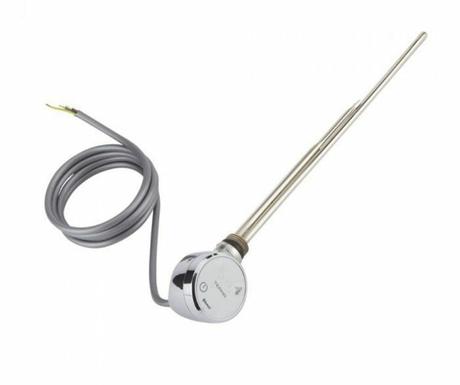
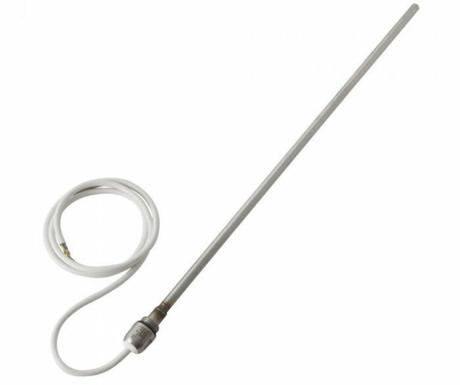
The element is a chrome rod that simply slides into the bottom of the radiator. We stock a couple of different models with various functions depending which type of radiator you choose.
For example, the Terma elements are Bluetooth controlled. Whereas the Milano Connect range is Wi-Fi connected.
The heating elements also have an IP rating (Ingress Protection) which tells you how protected the element is against dust and water.
All our heating elements are IP64 and above designed to offer a high level of dust and water protection.
Do Electric Radiators Plug In?
There are lots of different types of wall mounted and portable electric radiators and some of them are designed to plug in to your electrics with a standard plug.
However, at BestHeating we only stock electric radiators that must be hardwired into the mains electrics. We would always recommend that this should be carried out by a qualified electrician.
Ready To Go Electric?
Now we have finished delving into what’s inside our electric radiators, go and check out the different ranges we stock below.
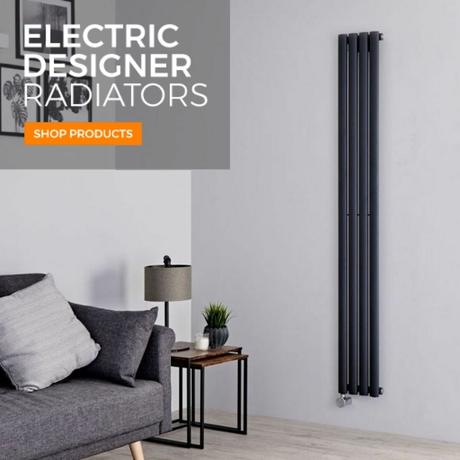
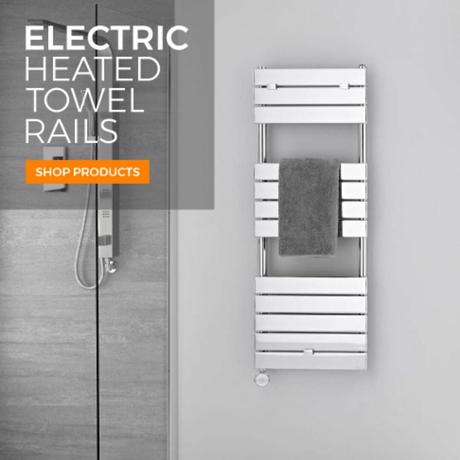
Concerned about running costs? We’ve got all the info you need right here
Still unsure whether an electric radiator is right for you? Head over to our should I buy an electric designer radiator guide.
If there’s anything you think we haven’t covered and would like to ask us a few questions, leave a comment below, or say hello on social!

